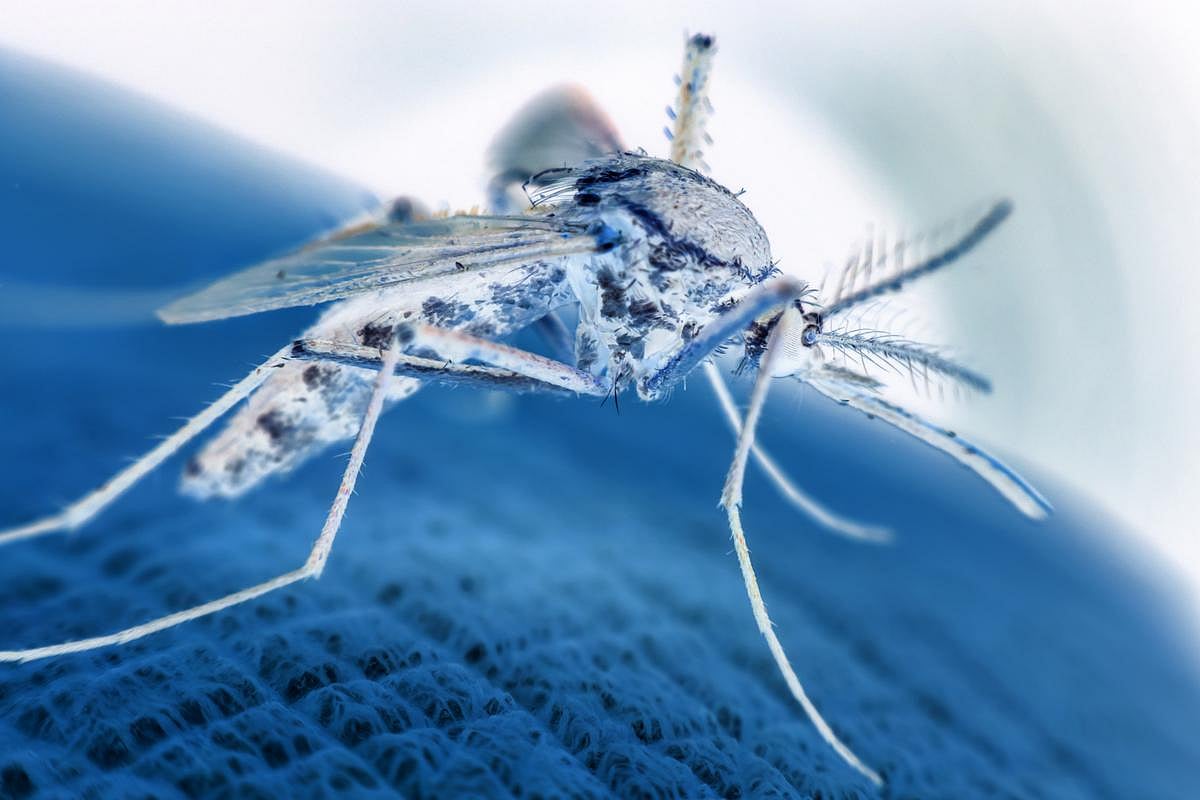Manténgase sano!

- Posted October 31, 2024
Diagnostic Device Spots Malaria Without Need for Blood Sample
Scans using lasers and ultrasound can pick up signs of a malaria infection through the skin, without the need for a blood draw, Yale researchers report.
The technology, called Cytophone, could be a real boon for developing countries where access to labs for blood tests isn't always available.
According to a Yale news release, the researchers believe Cytophone "could dramatically alter the global malaria testing landscape by providing reliable, safe and sensitive testing to low- and middle-income countries that have been plagued by the deadly mosquito-borne disease."
Malaria remains a potent global health threat. According to the researchers, over 250 million cases of the illness arise each year and over 600,000 people will die from malaria annually. At highest risk of death are children and pregnant women.
Testing blood for the presence of the malaria parasite, Plasmodium falciparum, is currently the only way to confirm a diagnosis. But there are various reasons why blood tests can be tough to carry out in resource-poor areas.
The new technology uses targeted lasers and ultrasound to detect malaria-infected cells circulating in the bloodstream. The Cytophone is about the size of a desktop printer, and works with a small noninvasive probe that's positioned on the back of the patient's hand.
As study co-lead author Jillian Armstrong explained, the laser/ultrasound combination picks up on traces of hemozoin, an iron crystal that accumulates in the blood of people infected by the malaria parasite.
Placing the Cytophone probe above a vein on the back of a patient's hand, the device can detect whether hemozoin deposits are present or not.
Testing out the device on 20 people in the West African nation of Cameroon, the Yale team found that Cytophone was able to detect was able to detect malaria infections with 90% sensitivity (meaning it accurately spotted nine out of 10 real infections) and 69% specificity (meaning it detected people without malaria accurately in about 7 out of 10 cases).
That's an accuracy rate that's about equal to gold-standard blood tests, the researchers said.
“That was a really exciting proof-of-concept with the first generation of this platform,” said study co-lead author Dr. Sunil Parikh, a Yale epidemiologist who has been conducting malaria research in Africa for over 20 years. “I think one key part of the next phase is going to involve determining and demonstrating whether or not the device can detect and distinguish between [malaria parasite] species.”
Besides being used as a diagnostic tool, Cytophone might also gauge whether or not a patient is recovering from the disease: It appears able to detect whether levels of P. falciparum are rising or declining in blood.
More research is needed, of course, but Parikh and Armstrong say they are working on more advanced and sensitive versions of Cytophone, and ideally units that are battery-powered.
The findings were published Oct. 25 in Nature Communications.
More information
Find out more about malaria at the World Health Organization.
SOURCE: Yale University, news release, Oct. 29, 2024
